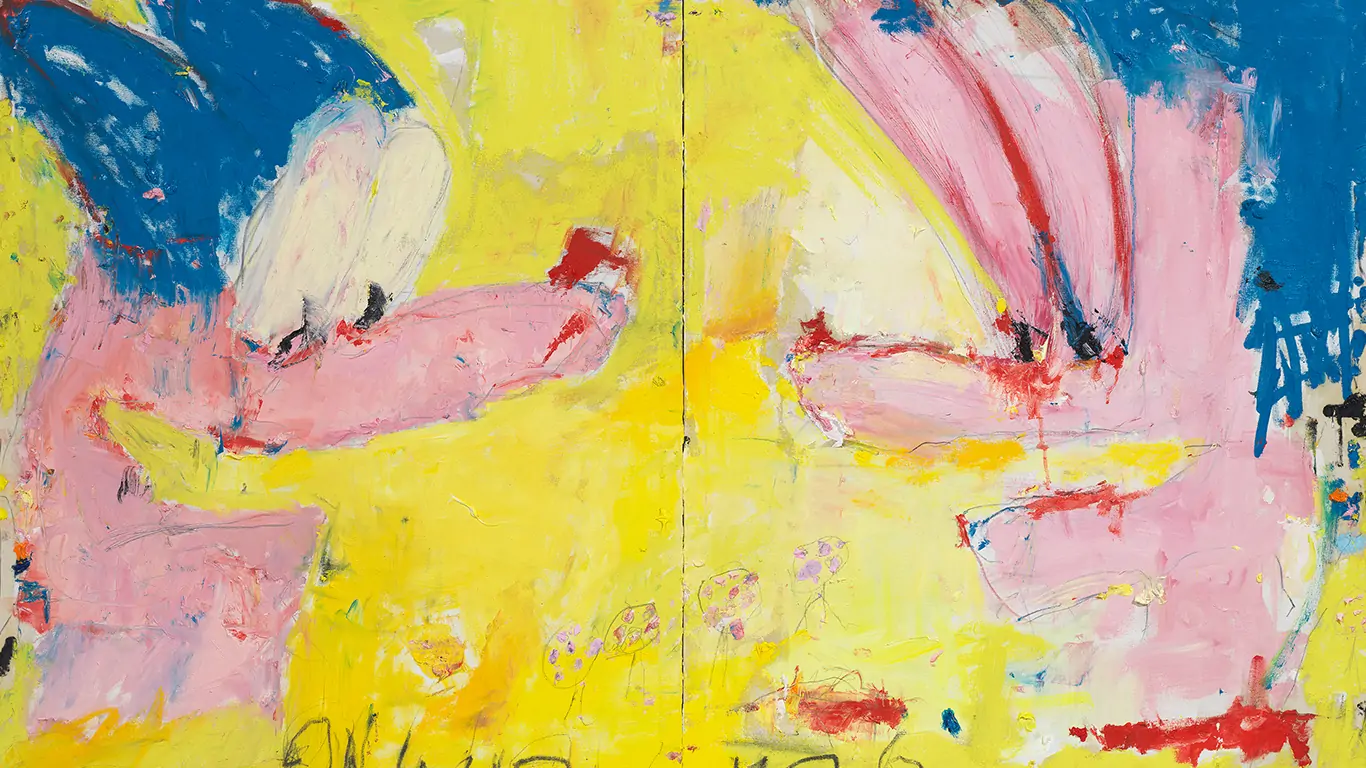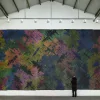MARRIA PRATTS: SOME WIZARDS IN SAVILE ROW LONDON
22nd March, 2024 until 20th April, 2024
CARL KOSTYÁL
12A SAVILE ROW
LONDON
W1S 3PQ
Carl Kostyál is delighted to present a new body of work by Catalan artist Marria Pratts, her debut at the gallery in London. Ghosts, mice and melting clocks are just some of the familiar tropes in her painterly arsenal that appear in these monumental paintings. “Twenty years ago, on a grey November day at the start of the millennium, I stepped into the frosty studio of the celebrated painter Joyce Pensato (1941–2019).
A legend in the making, Pensato worked in an industrial nave located in an urban wilderness called East Williamsburg, Brooklyn—Bushwick before Starbucks, Hermes and cafés crowded with Chads and Brads in gray fleece vests. Known for massive black paintings and drawings of cartoon characters— Mickey and Minnie Mouse, Donald and Daisy Duck, Felix the Cat, Batman, the entire Simpson clan and the manic protagonists of “South Park”—Pensato, or “Fizz,” as her friends called her, held forth on the radical freedom her location gifted her.

“I can do whatever the fuck I want here,” she said while drawing deep on a cigarette. As I mulled the idea over I looked up to see snow falling through a five-foot hole in the ceiling. Defiance, autonomy, resilience, invention, the creative negotiation of the world’s light and dark elements in response to one’s immediate surroundings in ways that layer art and move it beyond mere objects and situations… these are the things that make art turn fructuous, fertile, even feral, whether in Brooklyn, Bern or Barcelona.
All of these factors defined Pensato and her work, but they seem equally attributable to the thirty-five year old Catalan wunderkind Marria Pratts. An intensely generative artist who uses, among other media, paint, sculpture, comics, ceramic, photography, video, music, neon, scavenged materials and whatever is near at hand, Pratts creates discrete artworks that, above all, appear fundamentally energised by their making.
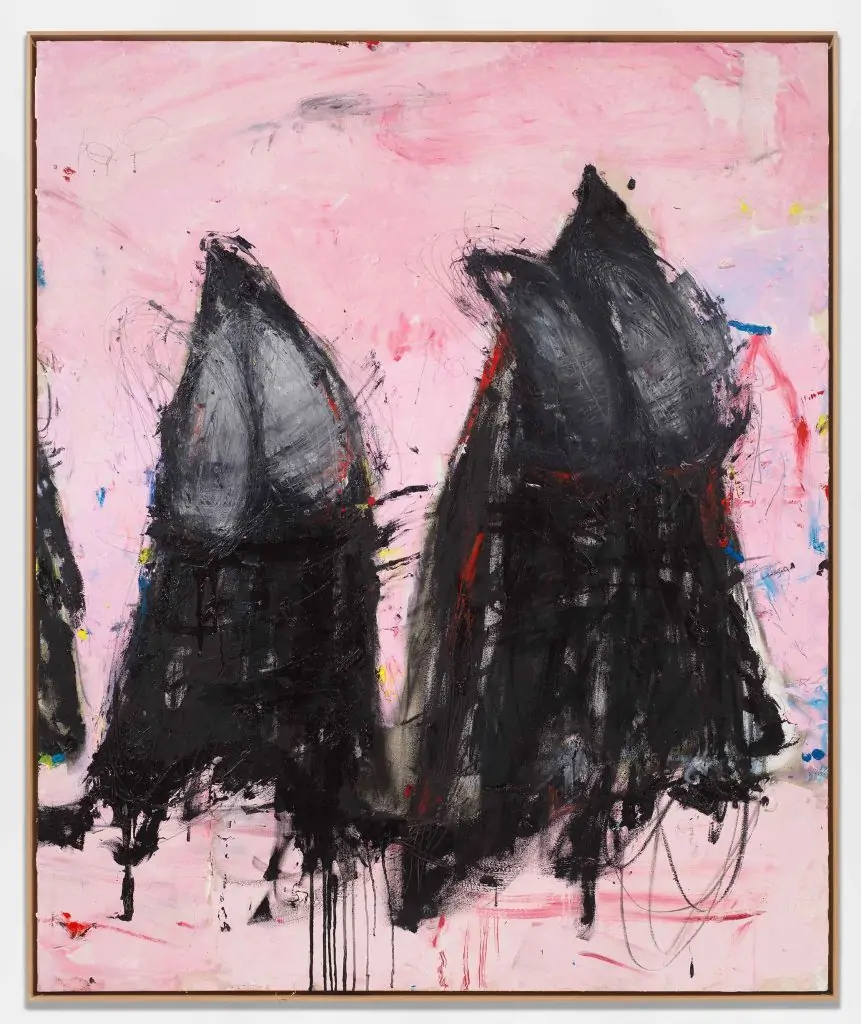
Oil and Pencil on Canvas, 180 x 150cm
A fashioner of drawings, paintings and sculptures and other objects where sheer vitality regularly trumps specific style or technique, she can usually be found hard at work in her studio harnessing multidisciplinary processes of her own invention. These processes she cultivates, develops and refines until they are capable of representing what she calls “a reality that is, at once, honest, wild, and very fragile”—but also populated with “apparitions” that repeatedly and directly challenge her viewers.
Like Pensato’s now demolished Bushwick studio and Francis Bacon’s disheveled Reese Mews hive in London—it was famously transported across the English Channel, spent smokes and all, to The Hugh Lane Gallery in Dublin in 1998—Pratts’ well-known working digs provide great insight into her multiple practices and evolving artistic persona. Located on the outskirts of Barcelona in the industrial working class neighbourhood of L ́Hospitalet de Llobregat, her massive live-work space has been redesigned to represent, in the words of one writer, a flourishing view of what goes on inside the artist’s head.
A soaring warehouse that contains an island apartment jerry-rigged from bits of wood, polyurethane foam and cardboard recycled from nearby factories—it features a bathtub, a mattress, a wood stove and a literal hole in the wall the artist and others access like a portal—Pratt’s working abode contains a factory’s worth of the multiple projects she constantly juggles, but also recalls a canonical 1960s-era experiment in marrying art and life.
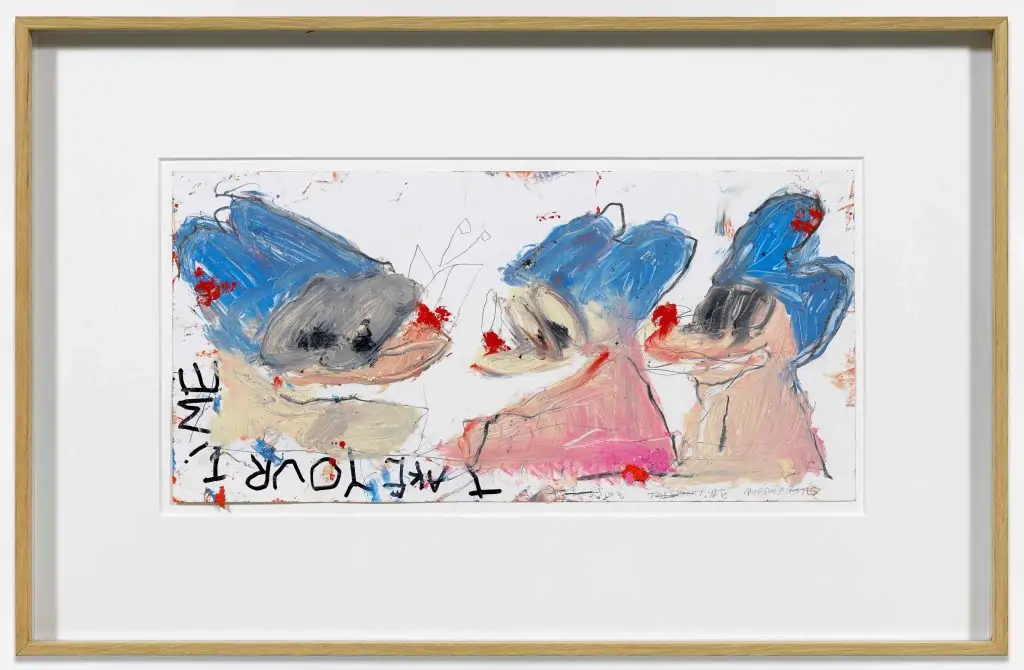
The legendary exhibition Live in Your Head. When Attitudes Become Form, curated by Harald Szeeman’s for Kunsthalle Bern in 1969, proved to be more than just a mythically influential international survey of Post-minimalism and Arte Povera. It was also a heady primer on how artists and curators could dream up environments of various types with which to actively disappear the borders between events inside and outside their studios.
Much like the effervescence overflowing Pratts’ warehouse, Szeeman’s show mobilised multiple spaces for laboratory-like experimentation. Rather than merely foment the “dematerialisation” of the art object or “anti-form,” the exhibition proposed a dynamic prerogative for artists: a propagative ideal with which they could, individually and together, respond to a period defined by rapid technological and social change and the collapse of conventional methods of representation. (Epochal similarities anyone?)
In Pratts’ case, assuming the role of artistic dynamo came intuitively—leading her to explore, among other things, various untried approaches to art making. For someone who has lived precariously, she naturally cultivated a sustained interest in the B-side of her city’s urban fabric (“I feel an aesthetic attraction to stuff most people ignore,” Pratts says; “I’m inspired as much by walks in my neighbourhood, as I am by flowers growing out of the cement, abandoned tires, paint on asphalt, etc.”).
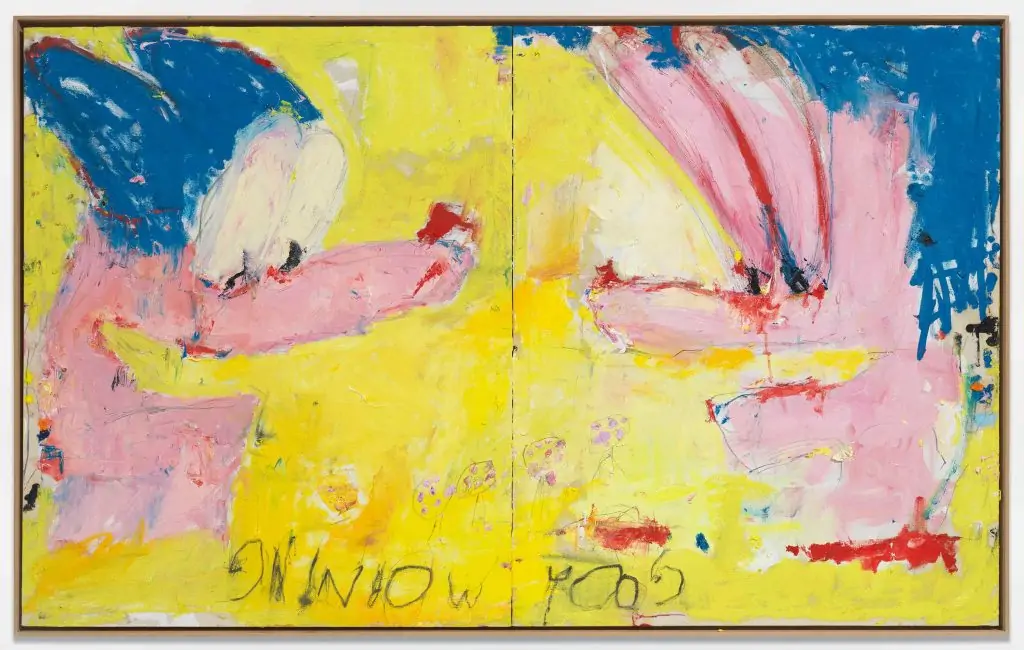
She embraced the possibilities connected to ephemeral gestures performed at a monumental scale (these include loose graphic lines and expressive marks, à la Cy Twombly, but also the use of recurrent childlike motifs, like her signature ghost figure which regularly appears as if drawn with a giant Etch-A-Sketch). Lastly—or rather firstly, in terms of strict chronology—she instinctively arrived at a lifetime commitment to painting untroubled by textbook wisdom (i.e., received theoretical justifications), in much the same way children acquire first words and adults simple expressions for challenging ideas.
“For me, conceptual art feels like it is trapped in museums,” Pratts says, distinguishing herself from generations of Spanish artists who eschew two-dimensional work on canvas, “Painting, on the other hand, is invested with magical and radical power.”
MARRIA PRATTS: SOME WIZARDS IN SAVILE ROW LONDON opens on the 22nd of March, 2024 until the 20th of April, 2024 at CARL KOSTYÁL
©2024 CARL KOSTYÁL


